Your podcast script is the backbone that determines whether your audience stays engaged or clicks away after 30 seconds. After hosting “Your Digital Marketing Coach” for years, I’ve learned that the difference between a good episode and a great one often comes down to how well you’ve structured your content before hitting record.
Most podcasters wing it, thinking spontaneity creates authenticity. But here’s what actually happens: you ramble, lose your train of thought, and your audience loses interest. Structured podcasts keep audiences that are accustomed to them engaged longer, which is why successful shows invest time in proper scripting.
The key difference between successful podcasters and those who struggle to grow their audience? They understand that scripting doesn’t kill spontaneity, it creates a framework for better conversations. Whether you’re interviewing guests or delivering solo content, having the right script structure transforms how your message lands with listeners.
You’re about to learn the specific frameworks that turn rambling episodes into focused, engaging content. We’ll cover the essential script elements that keep listeners hooked, practical templates you can use immediately, and the tools that streamline your scripting process without sacrificing your authentic voice.
The Foundation: Essential Script Elements That Keep Listeners Hooked
Think of your podcast script like a roadmap. You wouldn’t drive across country without knowing your route, so why would you record an episode without knowing where you’re going? The most effective podcast scripts contain four core elements that work together to create engaging content.
Your opening hook needs to grab attention within the first 15 seconds. This isn’t about being flashy, it’s about immediately addressing why your listener should care. Start with a question, a surprising statistic, or a bold statement that relates directly to your episode’s value proposition.
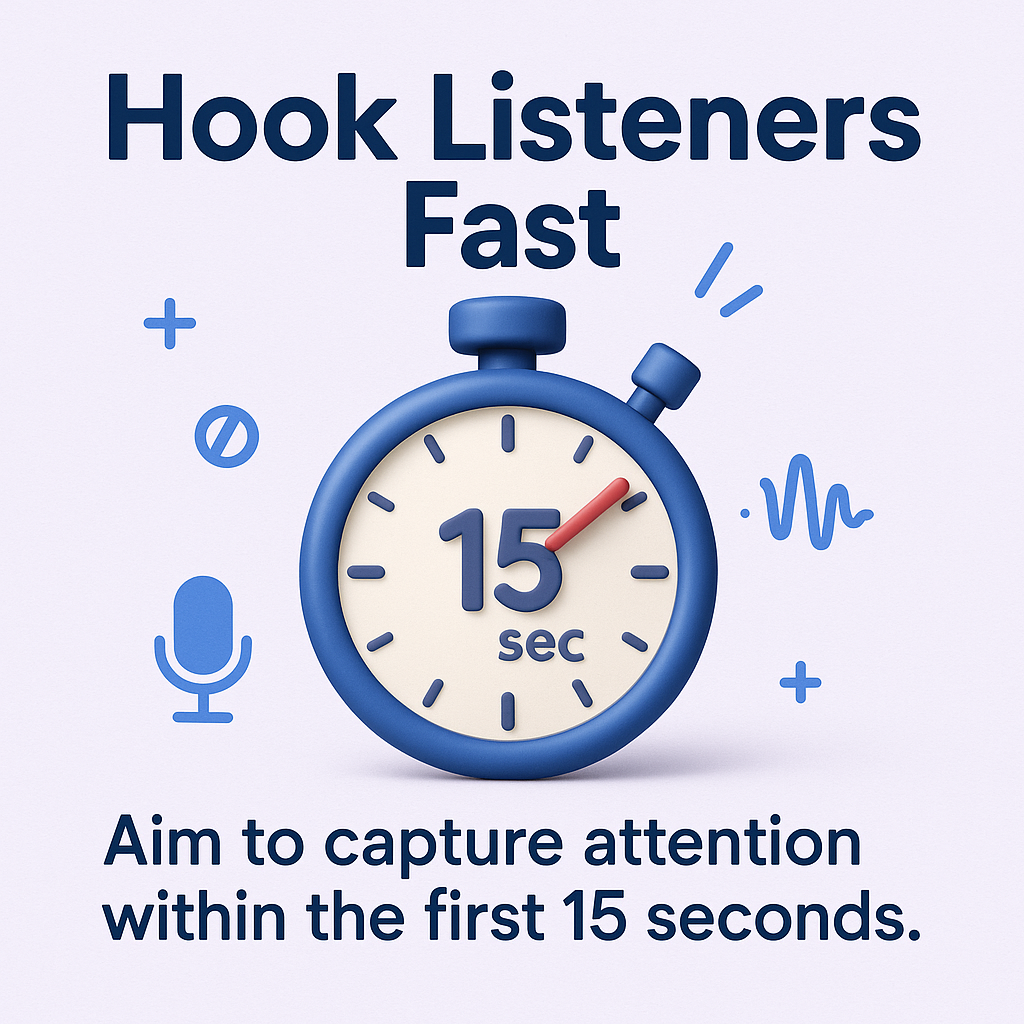
Next comes your content framework, which structures your main points logically. A well-structured podcast script typically includes an introduction, main content, transitions, and a call to action. This framework prevents you from jumping between topics randomly and helps listeners follow your thought process.
| Script Element | Purpose | Time Allocation |
| Hook Opening | Capture attention and establish value | 30-60 seconds |
| Content Preview | Set expectations for episode flow | 15-30 seconds |
| Main Content | Deliver core value and insights | 70-80% of episode |
| Clear Transitions | Guide listeners between topics smoothly | 5-10 seconds each |
| Call to Action | Direct next steps for engaged listeners | 30-45 seconds |
Your transitions matter more than most podcasters realize. They’re the bridges that connect your ideas and prevent awkward pauses or jarring topic changes. Plan these phrases in advance: “Now that we’ve covered X, let’s talk about how it connects to Y” or “This brings up an important point about Z.”
Finally, your closing needs to reinforce the episode’s value and provide a clear next step. Don’t just fade out with “Thanks for listening.” Tell your audience exactly what action they should take based on what they’ve learned.
Not all podcasts need the same scripting approach. An interview show requires different preparation than a solo educational episode, and a narrative podcast needs entirely different structure than a business discussion. Understanding these differences helps you choose the right template for your content.
For interview shows, your script functions as a conversation guide rather than a rigid playbook. Professional script templates, including those modeled after established radio drama and podcast formats, are in demand for their ability to save time and provide a structured starting point. Your prep work should focus on question sequences, transition points, and backup topics when conversations lag.
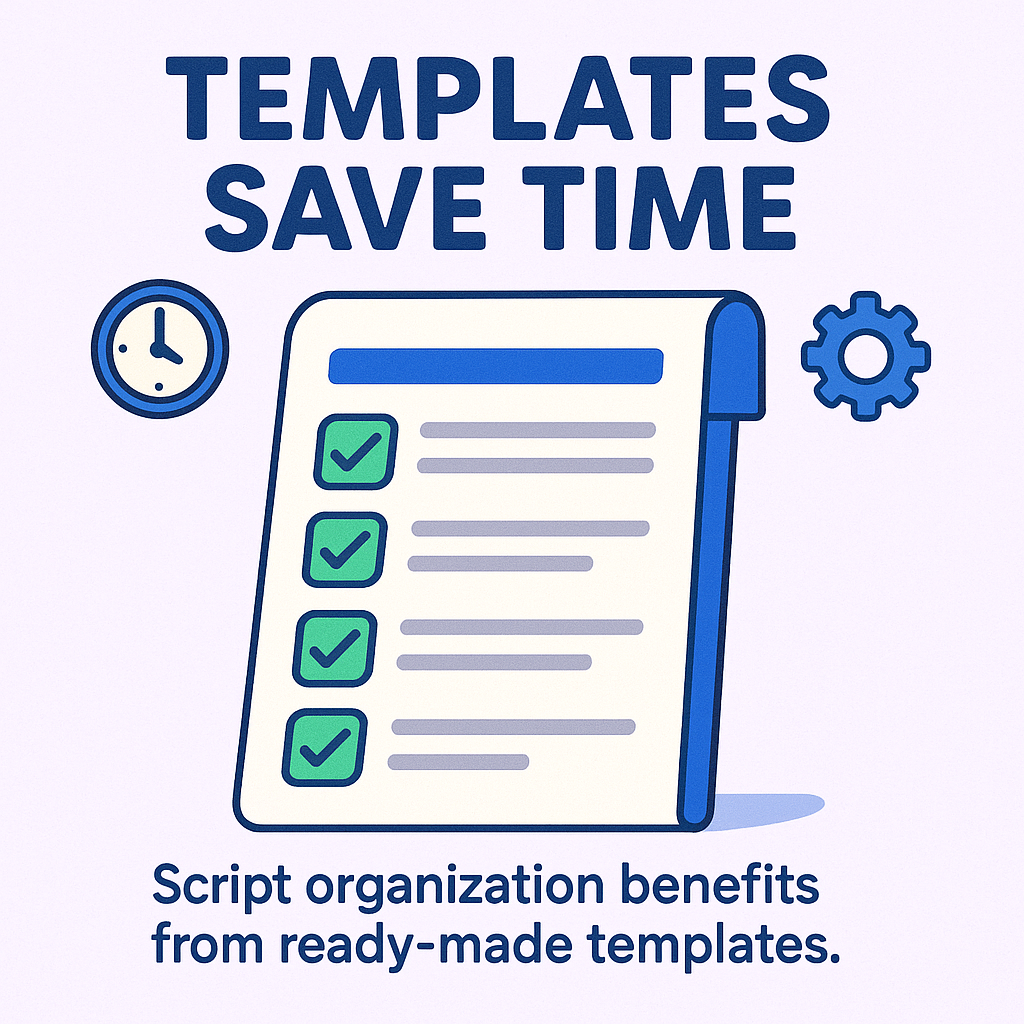
- Create an introduction template that works for any guest
- Develop 3-5 core questions that align with your show’s theme
- Plan follow-up questions for common responses
- Prepare transition phrases to redirect wandering conversations
- Write a standard closing that promotes both your show and the guest
Solo episodes demand more detailed scripting because you’re carrying the entire conversation. Start with an outline of your main points, then flesh out the connecting tissue between ideas. You don’t need to script every word, but you should know exactly how you’ll move from point A to point B.
Educational content works best with the “teach-show-apply” format. First, explain the concept clearly. Then, demonstrate it with real examples. Finally, give listeners specific steps to implement what they’ve learned. This structure works whether you’re teaching marketing strategies or cooking techniques.
| Show Type | Script Depth | Key Focus Areas |
| Interview | Question framework with flexibility | Guest research, conversation flow, backup topics |
| Solo Educational | Detailed outline with key transitions | Clear explanations, examples, actionable steps |
| Panel Discussion | Topic guide with moderation cues | Equal participation, topic management, time control |
| Narrative/Storytelling | Full script with sound cues | Pacing, dramatic elements, sound design integration |
Narrative podcasts require the most detailed scripting because timing, pacing, and sound design all depend on precise planning. These scripts look more like radio drama scripts, with detailed notes about music, sound effects, and voice inflection.
The template you choose should match both your content style and your comfort level with scripted vs. conversational delivery. Some hosts prefer bullet points that let them speak naturally, while others need full sentences to feel confident.
The right tools can cut your script preparation time in half while improving your content quality. I’ve tested dozens of options, from simple word processors to specialized podcast production software, and the best choice depends on your workflow and technical comfort level.
AI script generators are increasingly popular, offering features like grammar checking, dialogue attribution, and plot mapping. Tools like Notion work well for organizing research, creating templates, and collaborating with team members. You can create databases for episode ideas, guest information, and recurring script elements.
For more advanced users, Final Draft provides professional scriptwriting features including character tracking, scene organization, and industry-standard formatting. While designed for screenwriters, its structure works well for narrative podcasts and complex interview preparations.
- Google Docs for basic script writing with easy collaboration and comment features
- Celtx for narrative podcasts requiring detailed production notes
- StudioBinder for complex productions with multiple team members
- Grammarly for proofreading and readability improvement
AI writing assistants can help with ideation and rough drafts, but they shouldn’t replace your voice and perspective. These tools assist with brainstorming, drafting, and formatting, allowing creators to focus on content quality and creativity. Use them for overcoming writer’s block or generating alternative phrasings, not for creating your entire script.
The key is finding a tool that fits your existing workflow rather than forcing yourself to adapt to complicated software. If you’re comfortable with Microsoft Word, start there and add specialized tools as your needs grow. For more guidance on content creation tools, check out my detailed breakdown of AI content creation strategies.
Trying to Keep Up with Digital Marketing?
Just released: my new book to help small businesses, entrepreneurs, and marketers master digital marketing in today’s digital-first world.
Drawing on my Fractional CMO experience, Digital Threads simplifies complex strategies into clear, actionable steps for success.
Transform your business today—grab your copy! Click the cover or button below to buy on Amazon.
Automation works best for repetitive elements like intros, outros, and sponsor segments. Create templates for these recurring pieces, then customize the unique content for each episode. This approach maintains consistency while saving time.
Writing for the Ear: Making Your Script Sound Natural
The biggest mistake new podcasters make is writing scripts that read well but sound awkward when spoken aloud. Podcast scripts differ from film or corporate scripts in that they must be easy to read aloud and easy to understand when heard. Your audience can’t rewind to catch a confusing sentence, so clarity beats cleverness every time.
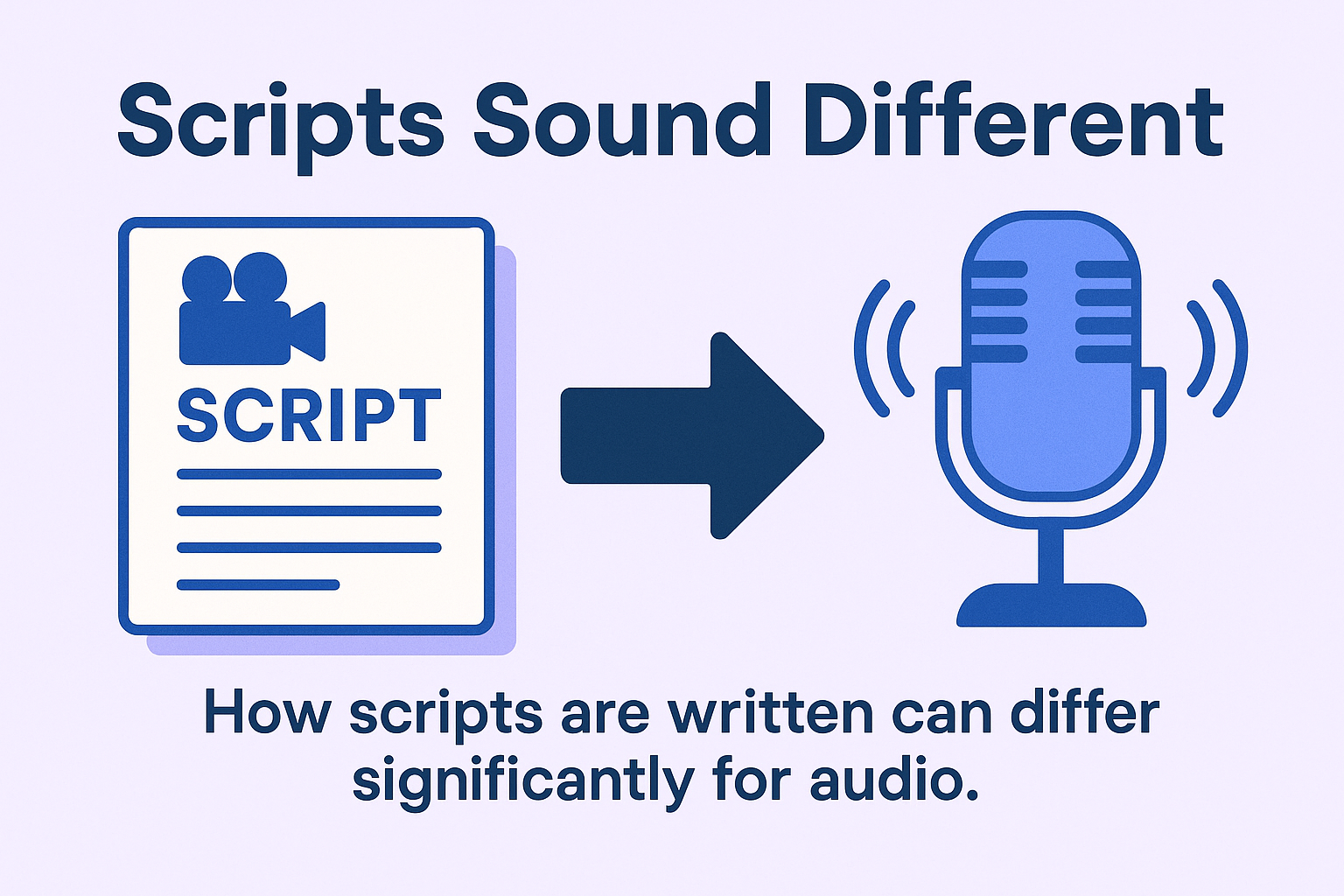
Write in shorter sentences than you’d use in blog posts or articles. Long, complex sentences work fine in written content where readers can parse them slowly, but they become tongue twisters when spoken and brain twisters for listeners. Aim for 10-15 words per sentence on average, with occasional longer sentences for variety.
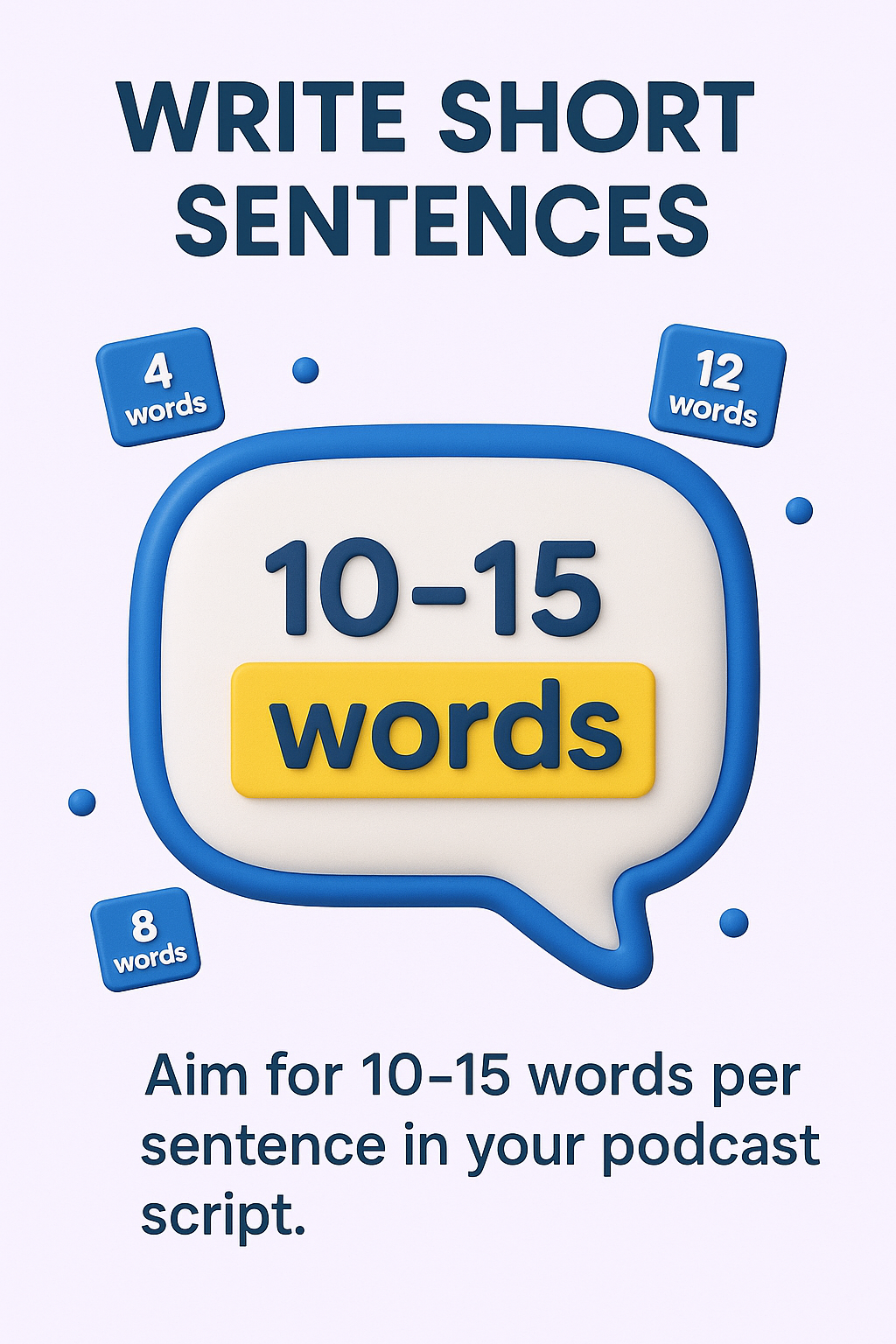
Use contractions and conversational language. “You will want to consider” sounds formal and stilted. “You’ll want to think about” flows naturally. Read your script aloud during the editing process, not just in your head. Words that look fine on paper often reveal problems when you speak them.
| Written Style | Conversational Alternative | Why It Works Better |
| “One should consider the implications” | “You might want to think about what this means” | Direct address, simpler words |
| “Subsequently, we will examine” | “Next, let’s look at” | Shorter, more natural transition |
| “In order to accomplish this objective” | “To make this happen” | Eliminates unnecessary words |
| “It is important to note that” | “Here’s the thing” | Conversational, engaging opener |
Repetition serves a different purpose in audio than in written content. Strategic repetition helps listeners follow your points and reinforces key concepts. Don’t be afraid to restate important ideas using slightly different language.
Include natural pause points in your script. Mark spots where you should pause for emphasis or to let complex information sink in. These pauses also give you moments to breathe and collect your thoughts during recording.
For additional insights on creating quality audio content, explore my guide on writing quality content that resonates with audiences across different mediums.
Measuring Script Effectiveness and Improving Engagement
Your podcast analytics tell you whether your scripting approach actually works with real audiences. The metrics that matter most aren’t downloads or subscriber counts, but engagement indicators that show people are staying connected to your content throughout each episode.
Listen completion rates reveal how well your script maintains audience interest. If people consistently drop off at the same point across multiple episodes, that section of your script needs work. Most podcast hosting platforms provide this data, though the level of detail varies.
Pay attention to where engagement peaks and valleys occur. High engagement during your opening means your hook works. Drops during transitions suggest your connecting phrases need improvement. Spikes during specific segments tell you what content types resonate most with your audience.
- Track average listen duration compared to total episode length
- Monitor where listeners typically stop listening across episodes
- Note which episode formats generate the most engagement
- Collect feedback through surveys or social media comments
- Test different opening styles and measure their impact on retention
Audience feedback provides insights that analytics alone can’t capture. Create simple ways for listeners to share what’s working and what isn’t. A quick survey in your newsletter or social media post can reveal problems you wouldn’t notice from data alone.
Test different script approaches systematically rather than changing everything at once. Try a new opening style for three episodes, then evaluate the results before making additional changes. This methodical approach helps you identify what actually improves engagement versus what just feels different to you.
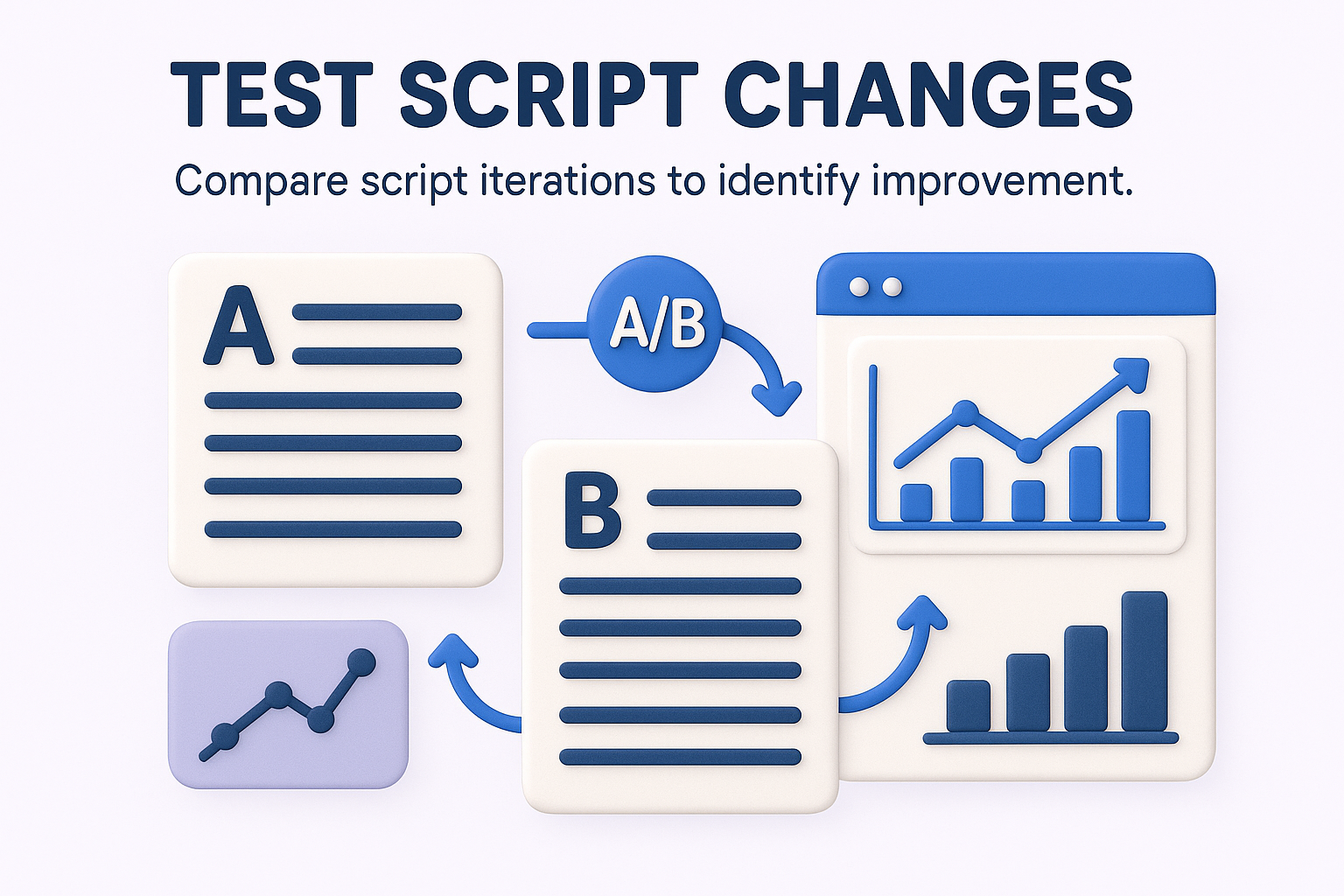
The most successful podcasters I know treat their scripts as living documents that evolve based on audience response and their own growth as hosts. Your scripting approach six months from now should be more refined than it is today, informed by real data about what connects with your specific audience.
For comprehensive guidance on measuring content effectiveness, check out my resource on podcasting tools that provide detailed analytics and audience insights.
Common Scripting Mistakes That Kill Podcast Engagement
Even experienced content creators make predictable mistakes when they start scripting for audio. These errors often stem from applying written content rules to spoken content, or from not understanding how people consume audio differently than text.
Over-scripting ranks as the most common mistake. When every word is planned, your delivery sounds robotic and loses the conversational quality that makes podcasts appealing. The goal is structure, not a word-for-word performance. Leave room for natural speech patterns and spontaneous insights.
Under-preparing has the opposite problem but similar results. Without enough structure, you ramble, repeat yourself, or lose track of your main points. Your audience can sense when you’re unprepared, and it undermines your credibility even if your content is valuable.
| Common Mistake | Impact on Listeners | Better Approach |
| Reading word-for-word | Sounds artificial and disconnected | Use bullet points and key phrases |
| No clear structure | Confusing, hard to follow | Create logical flow with transitions |
| Ignoring pacing | Listeners get overwhelmed or bored | Vary tempo and include natural pauses |
| Weak openings | Early drop-offs, lost opportunities | Start with immediate value or intrigue |
| Abrupt endings | Unsatisfying conclusion, no clear next step | Summarize value and provide clear CTA |
Inconsistent pacing creates jarring listening experiences. Speaking too fast makes complex information hard to process, while speaking too slowly tests your audience’s patience. Your script should include pacing cues, especially around important concepts or transitions.
Failing to consider your hosting style leads to scripts that fight against your natural communication patterns. If you’re naturally energetic, don’t script content that requires a subdued delivery. If you prefer measured, thoughtful conversation, don’t force yourself into high-energy formats.
Ignoring your audience’s listening context creates disconnect between your content and their experience. People listen to podcasts while commuting, exercising, or doing household tasks. Your script should account for partial attention and provide enough context so listeners don’t get lost if they miss a few seconds.
The solution to most scripting problems is testing your approach with real episodes and adjusting based on results. What sounds good in your head often needs refinement when spoken aloud and heard by your actual audience.

Your Next Steps: From Script to Successful Episodes
Start with one episode using a basic script framework. Don’t try to perfect everything immediately. Choose either an interview or solo format, create a simple structure with opening, main content, and closing, then record and analyze the results.
Your scripting skills will improve faster through practice than through perfect planning. Focus on clarity and structure first, then add sophistication as you become more comfortable with the process. The goal is creating better content for your audience, not impressing other podcasters with elaborate scripts.
For more insights on creating engaging audio content, explore my recommendations for successful marketing podcasts that demonstrate effective scripting in action. You can also learn more about content creation strategies that work across different mediums.
The most important action you can take today is to outline your next episode before you hit record. Whether it’s bullet points on a notepad or a detailed template in your favorite app, any structure beats winging it. Your audience will notice the difference, and you’ll feel more confident behind the microphone.
Actionable advice for your digital / content / influencer / social media marketing.
Join 13,000+ smart professionals who subscribe to my regular updates.